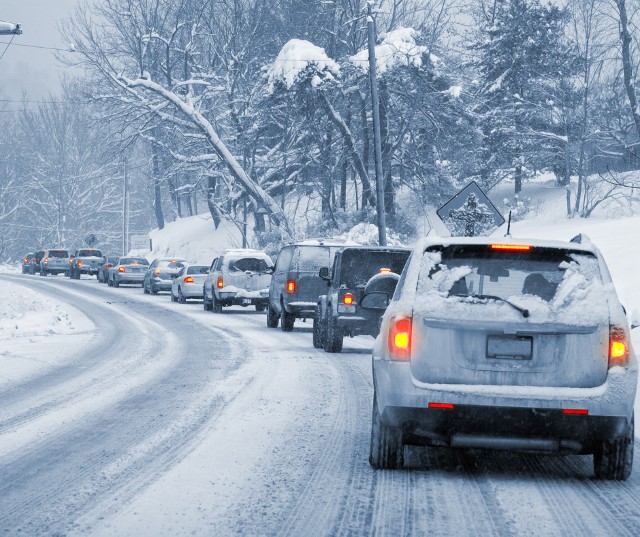Today we tackle the question, “Is there a preferred time of year for learning to drive?” The answer may not be as straightforward as you think. Let’s go through the pros and cons of learning to drive in each season.
Learning to Drive in Spring
Pros: A multitude of weather conditions can provide a well-rounded teaching experience. Spring also means that temperatures are mostly above-freezing, so there will be fewer days with icy road conditions.
Cons: Weather patterns can be unpredictable in the Spring. Flash floods, hail, and blizzards can seem to come out of nowhere. Driving during weather events can be frightening and overwhelming for new drivers. Therefore, it’s important to check the forecast before heading out to practice.
Learning to Drive in Summer
Pros: Summer features ideal weather conditions most of the time, with the best road traction and mostly dry weather. The days are longer, meaning that you can practice in the evening if you’re not ready to try driving after dark.
Cons: Speed-related accidents increase during hot summer days, and so do instances of extreme road rage, so you may be forced to share the road with erratic or fast-moving drivers. Try to find a quieter area to practice your driving lessons in.
Learning to Drive in Autumn
Pros: Again, like Spring, Fall has a multitude of weather conditions to provide a variety of driving experiences, making it a great time of year for learning to drive.
Cons: If you live in Canada, Autumn can suddenly change to winter conditions at any time, halting your progress if you are not ready to drive on snow and ice.
Learning to Drive in Winter
Pros: You will gain experience with sliding, skidding, and braking on ice. You’ll get a feel for driving through the snow. You may even learn how to dig someone out of a ditch or how to jump-start a car.
Cons: Driving in winter weather can be intimidating for new drivers and you will want to get a feel for driving on a dry road surface before tackling snowy, icy conditions. Starting on snow and ice can create dangerous situations if a new driver isn’t ready.
So… Is There Really a “Best Time of Year” to Learn to Drive?
The truth is, there is no “best time of year” to practice driving once you’ve already started. In fact, to become a great driver you must gain experience driving in every season and in a variety of weather patterns. According to this study, it’s not just the hours spent practicing driving, but rather exposure to a wide variety of environments that makes us the safest on the road.
However, if you’re early in the learning process, it’s ideal to take your first crack at driving during dry, above-freezing conditions. That way you can get a feel for the road before tackling any adverse weather. While most Canadians have the opportunity to enjoy ideal conditions during any time of year, the winter season may offer fewer days that are dry and above-freezing. So, if you’re a brand-new driver then waiting until early Spring may be preferable for you.
If you are learning to drive or if you know a young driver, check out Teach Your Teen to Drive! Our online course will help take the guess-work out of lesson planning and it even includes quizzes and resources for new drivers.





Pingback: Driving Safely During the 100 Deadliest Days » Teach Your Teen to Drive